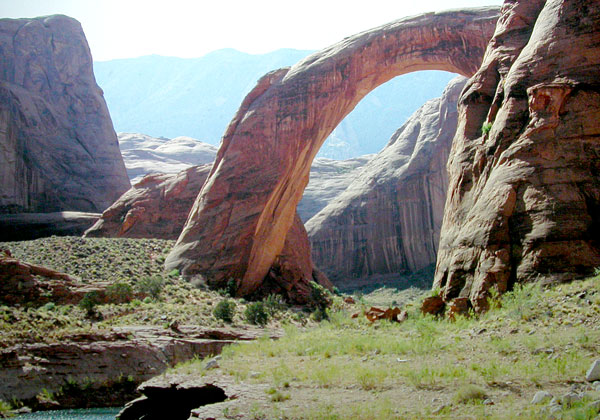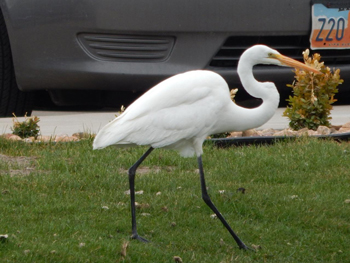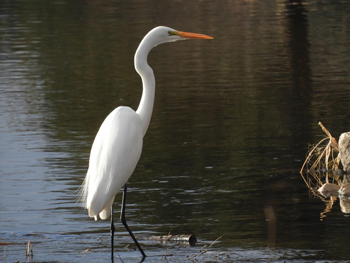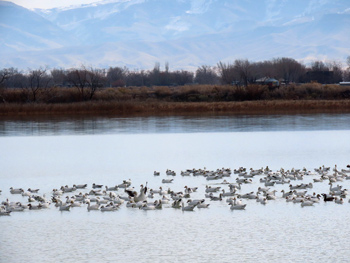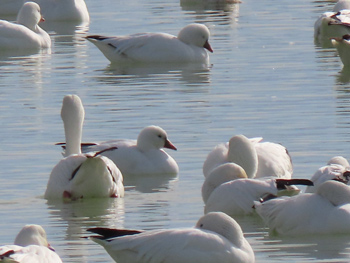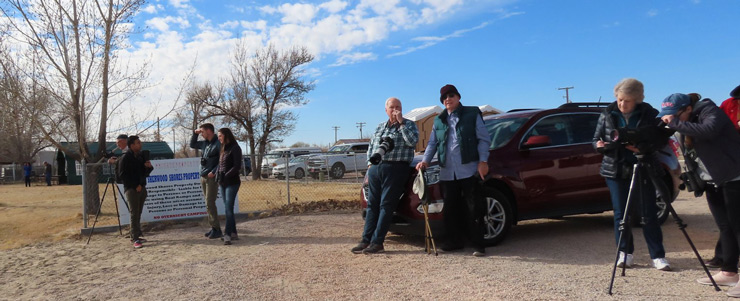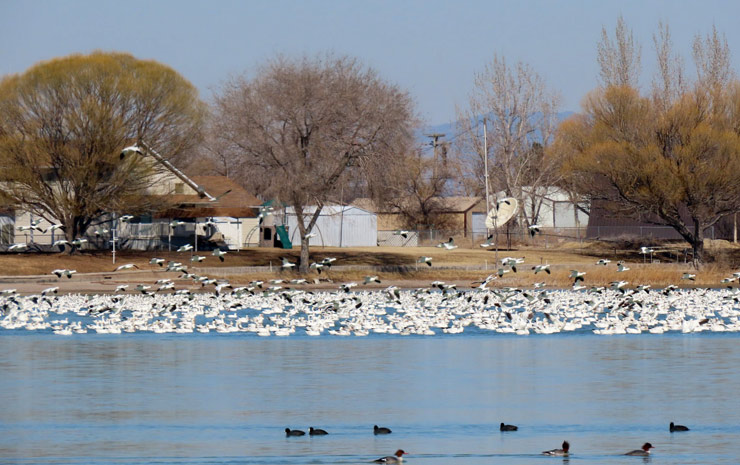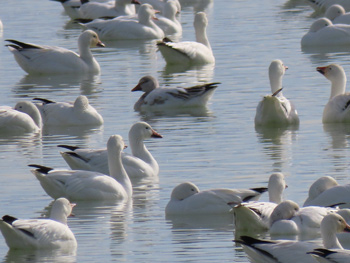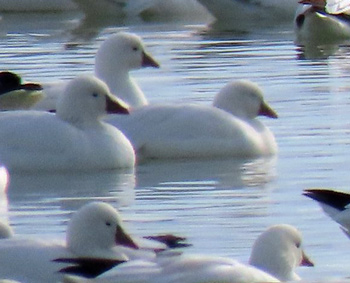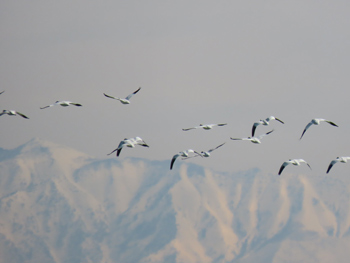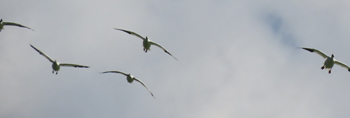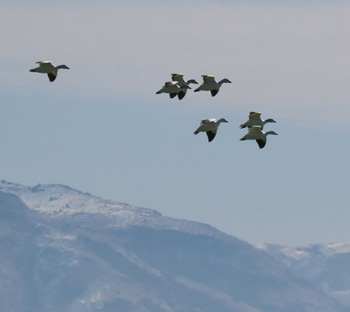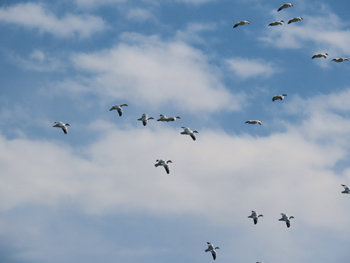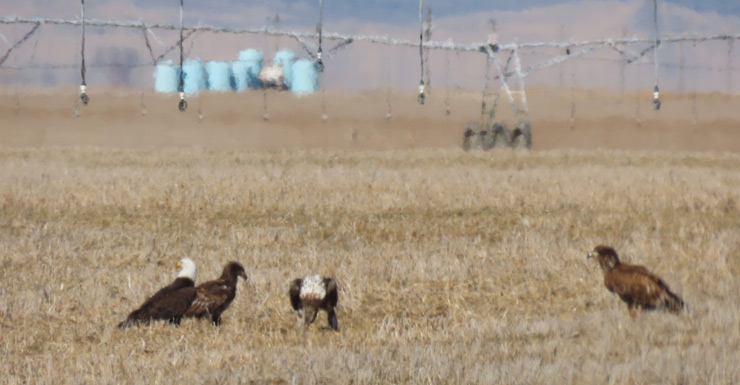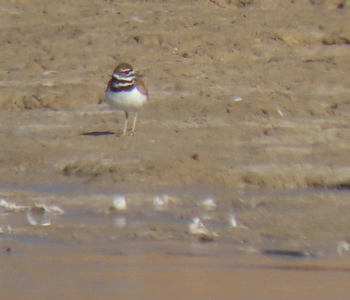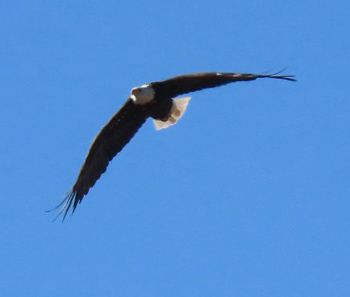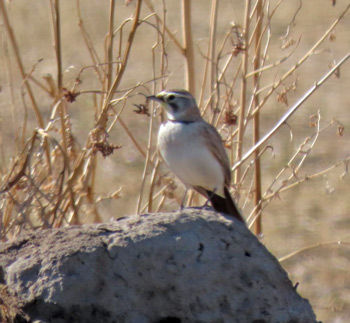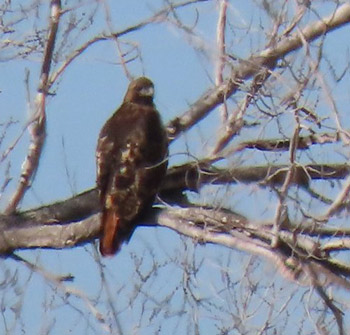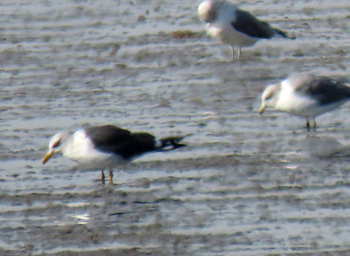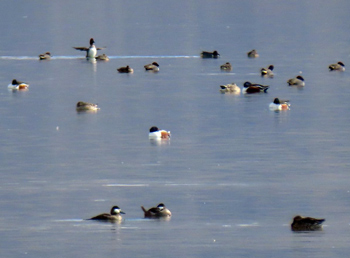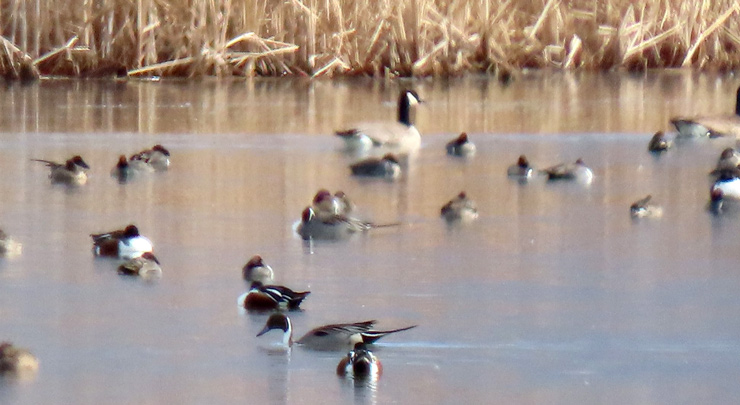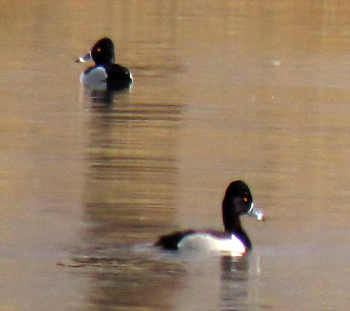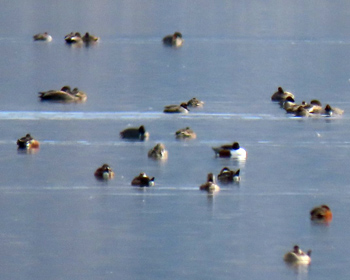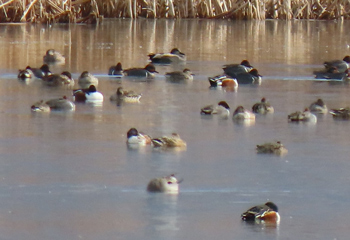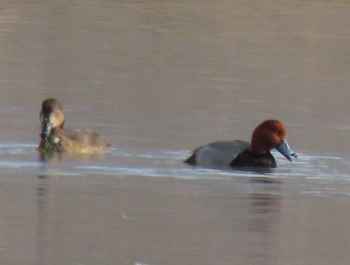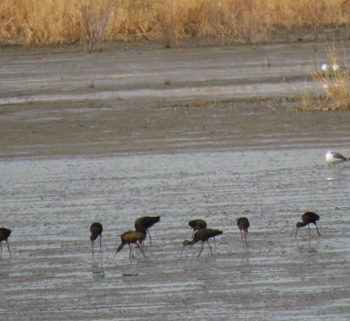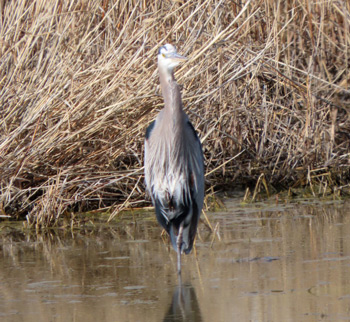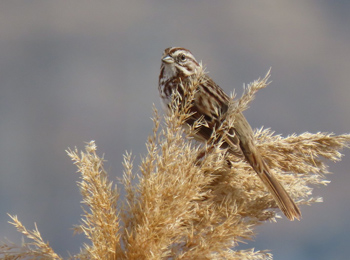|
|
||||||||||||||||||||||||||||||||||||||||||||||||||||||||||||||||||||||||||
Utah County Birders
Newsletter
|
||||||||||||||||||||||||||||||||||||||||||||||||||||||||||||||||||||||||||
 |
Contents
Monthly Meeting
Upcoming Field Trips
President's Message
Bird of the Month
Field Trip Reports
Printable Version
Thursday, March 12th, 2020, at 7pm
at the Monte L Bean Museum in Provo, UT
Map to Museum
“Birding in the Wilds of Papua New Guinea”, a presentation by one of our club members, Robert Parsons. Come join us for an interesting night hearing about Robert’s experiences birding in exotic Papua New Guinea.
Saturday, March 14, 2020
Juab county!Meet at 8 am at the Payson Walmart NE corner of the parking lot. We will go to Juab county. Starting at Burraston Ponds and then Mona Reservoir. We may add a few more waterfowl to our lists as well!
Saturday, March 28, 2020
Greater Sage Grouse at the Henefer LekMeet at 6 am at the Harmon's parking lot 870 E 800 N, Orem. We will meet by the gas pumps to carpool.
We will head straight to the Henefer Lek!!! After we will check out some of the reservoirs up that way...East Canyon Reservoir, Echo Reservoir, Rockport, Jordanelle and Deer Creek...so if you have a State Parks pass please bring your pass. We should be able to add a couple county lists, add some more waterfowl and hopefully some early migrants for our 2020 Challenge!
As of today March 12...17 Greater Sage Grouse were seen!
Field trip leader Machelle Johnson
|
President's Message -
March 2020 by Machelle Johnson We
live in such a beautiful state! I hope you are taking advantage of the challenge
this year to get out all over Utah!
The best site for information about birding in Utah is
at utahbirds.org. If you click on "County Pages" you can see a list of
birding sites including lakes, reservoirs, parks and refuges. There are
detailed directions to each place as well as birds typically found there
and a link to ebird for further bird information.
For more information on state and national parks you can visit this site,
Utah State Parks
This would be a great year to purchase a Utah State Parks pass for $75.00 which you can purchase at the gate of any state park, or online here: https://stateparks.utah.gov/resources/passes/The pass will pay for itself within the year. Be aware that there is a $2.00 Causeway fee when going to Antelope Island that is separate from the entrance fee, that you have to pay even if you have the pass. This site gives a list of lakes in Utah:
And this site gives a list of Reservoirs in Utah:
Category:Reservoirs in Utah
Our field trips this year will be centered around the challenges so we'll
be targeting many of the parks, lakes and reservoirs, but as you go out on
your own, this information may help you make the most of your time!
I'll see you out there! Good Luck and Good Birding Everyone!
Machelle
|
|
|
Great Egret
(Ardea alba)
Article and Photos by Lynn Garner |
|||
|
The Great Egret, Ardea alba, of the family Ardeidae, is uncommon in Utah, but found here throughout the year. It is a tall, white bird with an extremely long neck, by far the largest egret in Utah, over three feet long and with a wingspan of over five feet. It flies slowly but powerfully, wingbeats at two per second, traveling
about 25 miles per hour. It weighs about two pounds. Its yellow bill is long and thin and its legs and feet are black. Its sounds are unmusical, deep and gravelly croaks or barks, quok or karrr.
It nests in extreme northern Utah and is a migrant in extreme southern Utah, according to Sibley. For its nesting sites, it chooses trees on islands or trees standing in water. Where numbers are sufficient, particularly along the southern Atlantic, Carribean, and Pacific coasts of North America, they establish nesting colonies that birds of other species will also join. The nest is a platform of sticks covered with plant parts that dry to make a bed and the clutch is one to six plain bluish-green eggs. Hatchlings compete fiercely with their siblings, quite often ending in the death of a smaller chick.
The Great Egret forages mostly in shallow water in coastal, brackish, and freshwater wetlands. Their diet is mainly fish, but they will eat a variety of amphibians, reptiles, small mammals, worms, and insects.
In the breeding season, a patch of skin on the face of the Great Egret turns neon green and long white plumes grow from its back. During the late 1800’s, they were hunted almost to extinction for these plumes, called aigrettes, which were used to ornament ladies’ hats. Gilbert Pearson reported that in 1886 hunters were paid 10˘ each for the plumes. He feared that the bird, earlier seen by the tens of thousands in Florida, would not make a comeback. The National Audubon Society was formed to protect birds that were being hunted for their feathers and adopted the Great Egret as its symbol. When plume hunting was outlawed in 1910, the Great Egret population rebounded strongly. Since 1930, much of the habitat of Great Egrets has been lost or degraded, but, being a large bird, the Great Egret has adapted surprisingly well.
|
|||
|
|
|||
|
|
|
||
|
Friday, 21 February 2020
Delta Snow Goose Festival 2020
Text by
Sizi Holt |
|||
|
|
|||
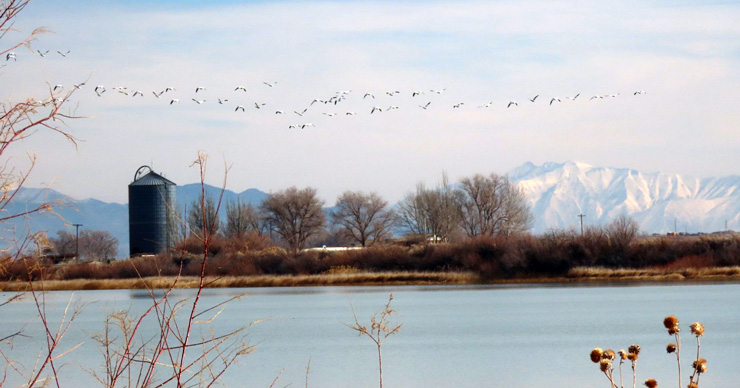 |
|||
|
We got off a little after 8 am. Fifteen birders in 6 cars, headed down Hwy 6 to Delta. We decided to try a challenge, so we set the odometer for 20 miles and counted the birds...we got outside of Eureka and made it to 12 species so we will have to try again. On the way down to Delta we saw Rough-legged Hawks, Ravens, Horned Larks, and Prairie Falcon. We arrived at Gunnison Bend Reservoir about 10 am. The reservoir was free of ice so there were about 850 Snow Geese floating on the reservoir with a few on the edges in the fields, there were a couple Blue morphs and some Ross's Geese in the mix. What a beautiful site. It has been as few years since there wasn't ice. We got our fill of them and proceeded to get a couple challenges done. We found over 20 species at the reservoir and completed a few numbers...a birding day, Millard County, a reservoir, and added some waterfowl to others lists, plus a few FOY birds for some. It was a lot of fun. Highlights were of course the Snow Geese and Ross's Geese. Plenty of waterfowl including a Hooded Merganser. A few Bald Eagles and many of the regulars. It was a beautiful sunshiny day out in Delta. On the way home we started our 20 species in 20 mile stretch again at the Tooele turn off. We added enough to surpass our goal! Thanks to all who came, it is a fun tradition and I am glad we were able to go! |
|
||
|
|
|||
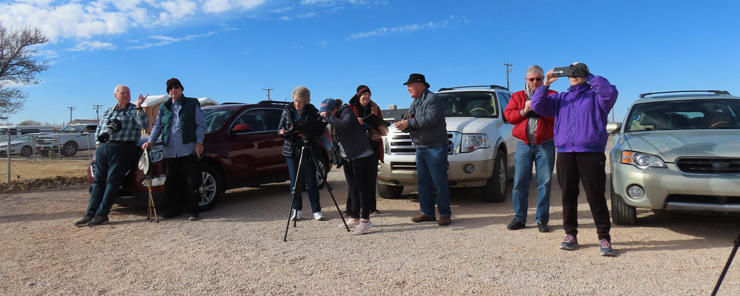 |
|||
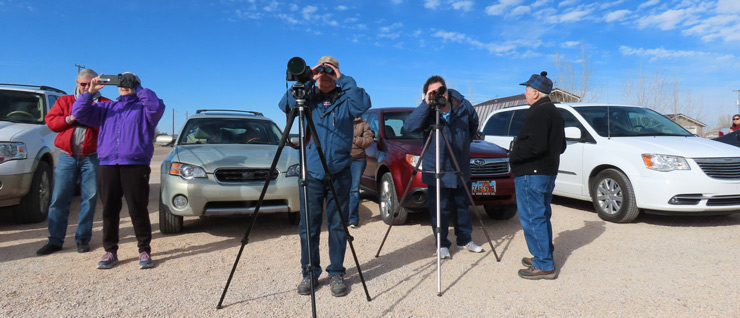 |
|||
|
|
|||
|
|
|
||
|
On the way Home
|
|
||
|
|
|||
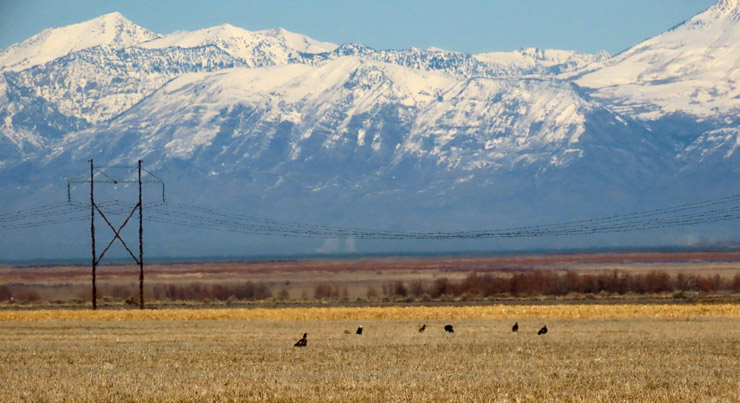 |
|||
|
|
|
||
|
|
|
||
|
|
|||
|
1 February 2020
Gull ID Clinic and Gullstravaganza
Photos and text by
Sizi Holt |
|||
|
Those
who attended the Gull ID Clinic and Gullstravaganza today had a great time!
It started out awesome with a friendly welcome to the Eccles Wildlife
Education Center from Billy Fenimore!! He sure knows how to make everyone
feel welcome and thanks to James Hoffman and Ream's for the yummy pastries
and doughnuts! Tim Avery did a awesome job in the clinic. He narrowed it
down to 6 main gull ID tips: |
|
||
|
After the clinic we set out to practice at Farmington Bay
WMA. We saw lots of California Gulls and Ring-billed Gulls, a
highlight Lesser Black-backed Gull, and a few Herring Gulls.
There were lots of Waterfowl there too. Along with all the Canada Geese
we saw Ruddy Duck, Ring-necked duck, Northern Shoveler, Redhead, Gadwall,
Mallard, Canvasback, American Wigeon, Green-winged and Cinnamon Teal,
and Northern Pintail. A few other species of ducks were seen by
others. We also saw White-faced Ibis, lots of Bald Eagles, a
couple Red-tailed Hawks, a murder of Crows, Northern Harrier
and American Kestral, a beautiful Song Sparrow, Great Blue
Heron, American Coot, Pied-billed Grebe and European Starling! |
|
||
|
|
|||
|
|
|
||
|
|
|
||
|
|
|
||
|
It was a beautiful bluebird day as well
with a balmy 53 degree day! |
|
||
| |
|||
